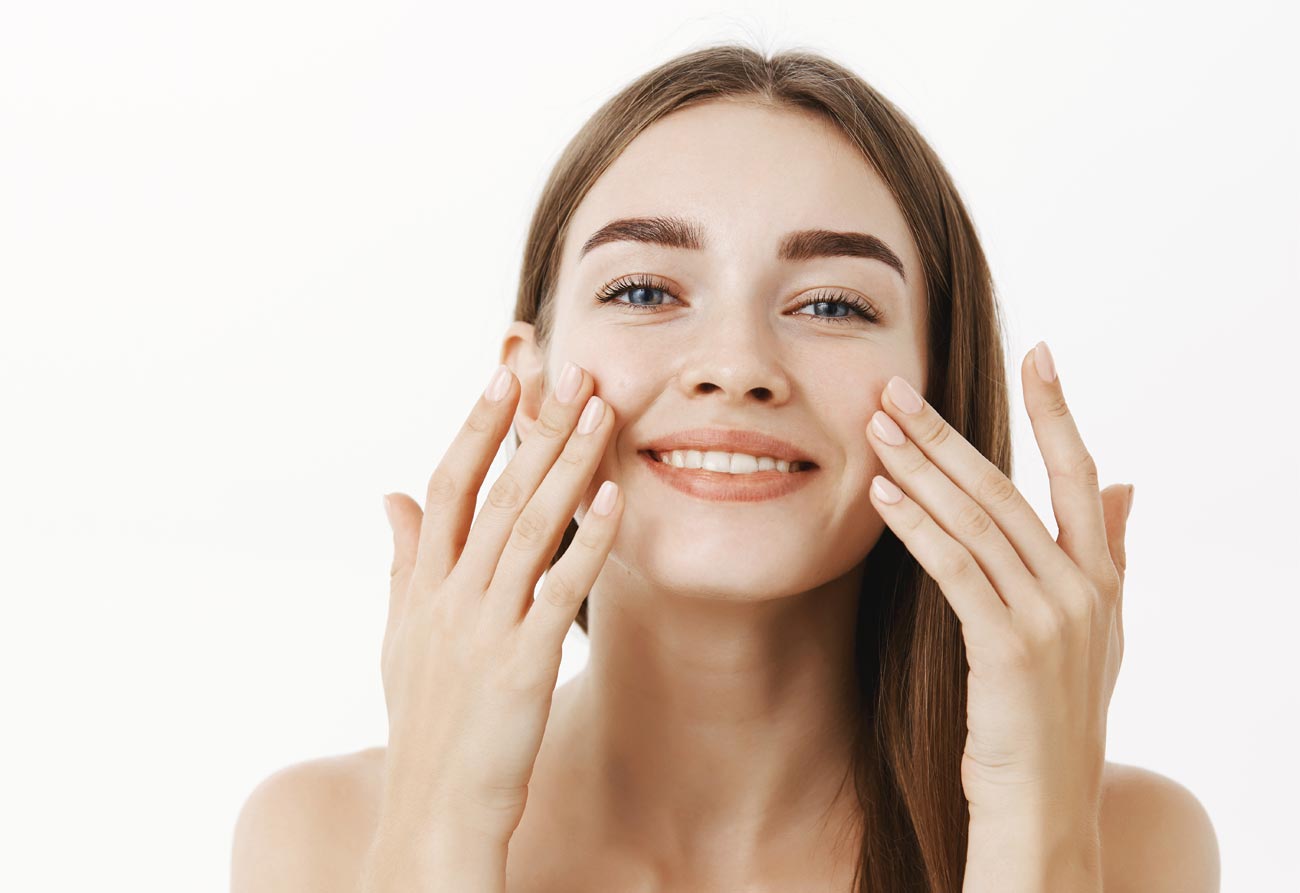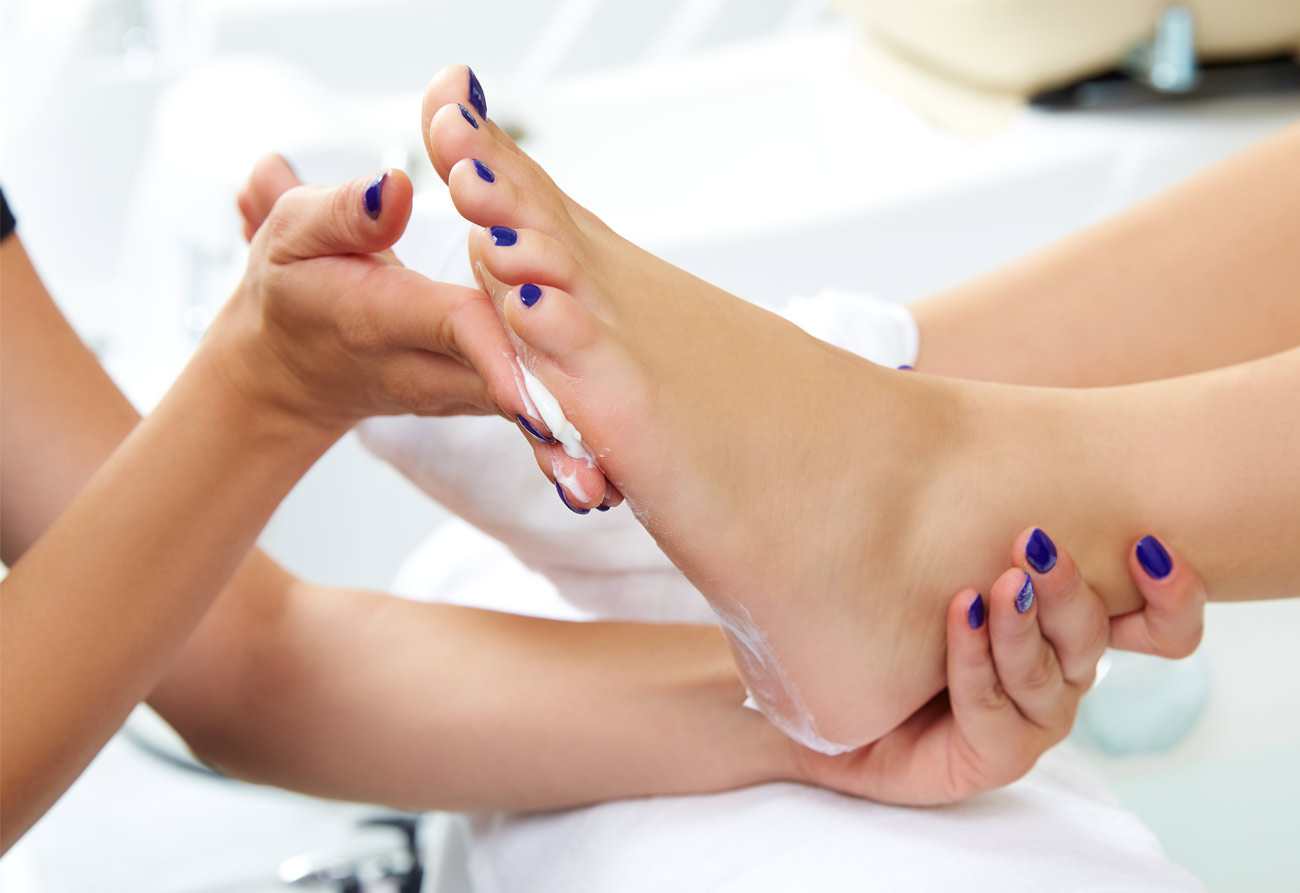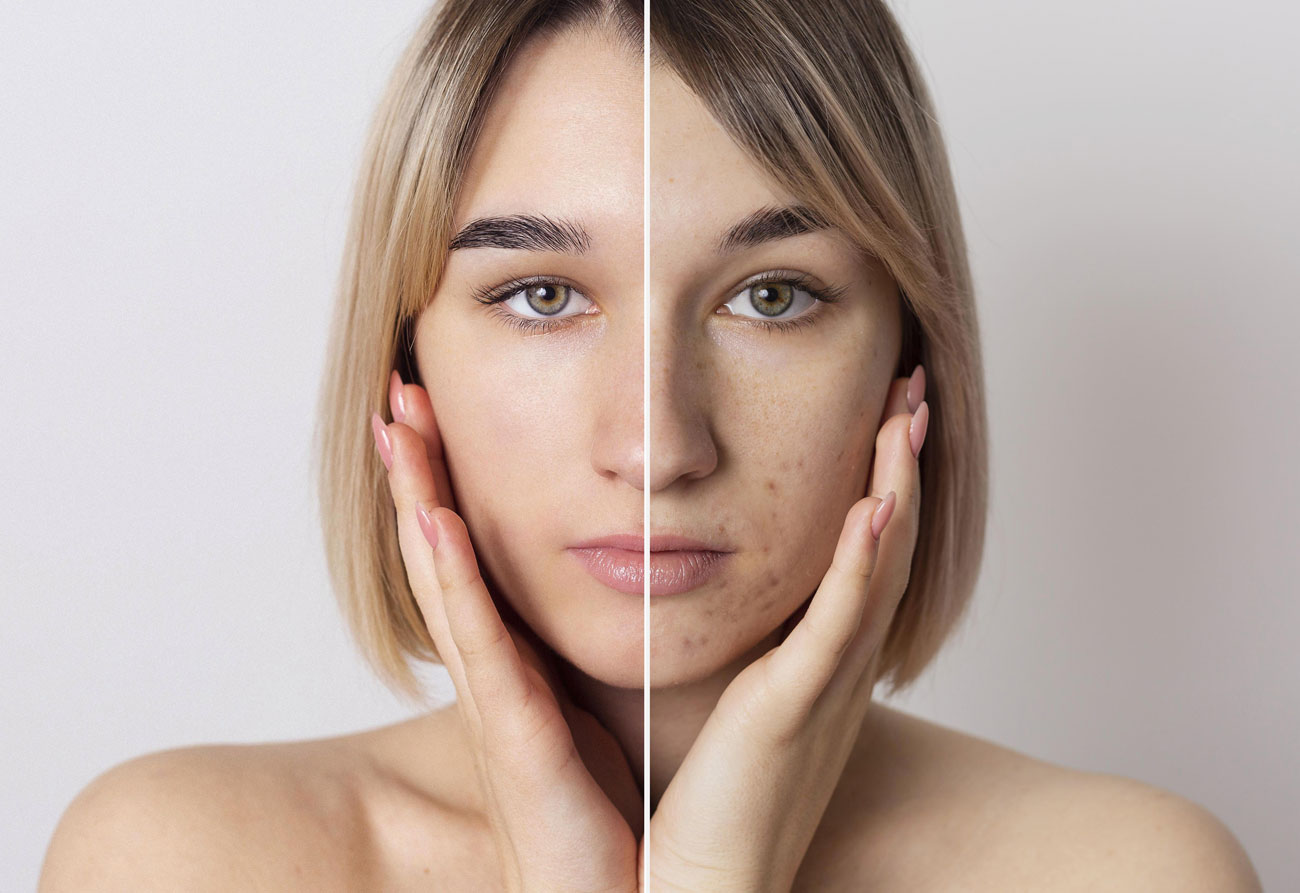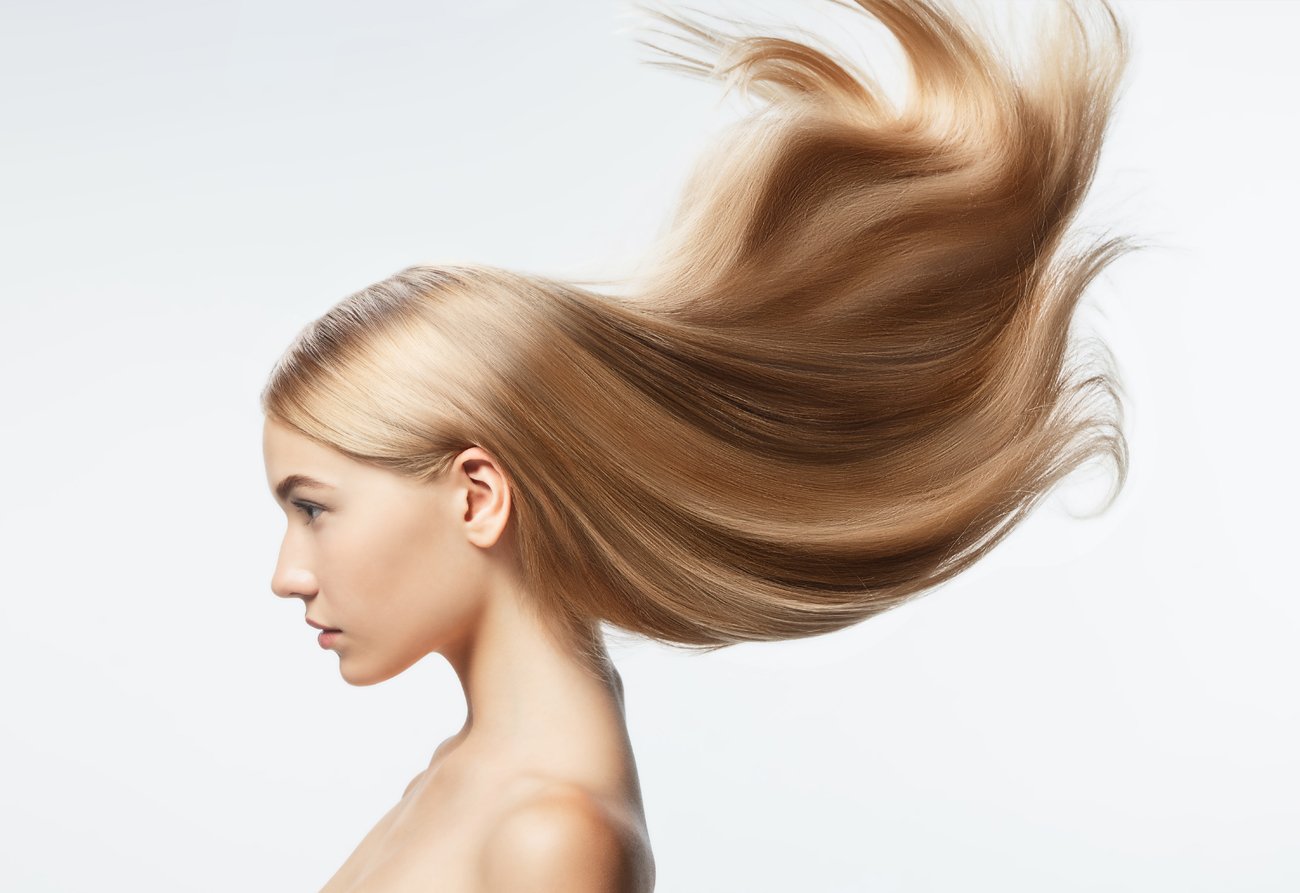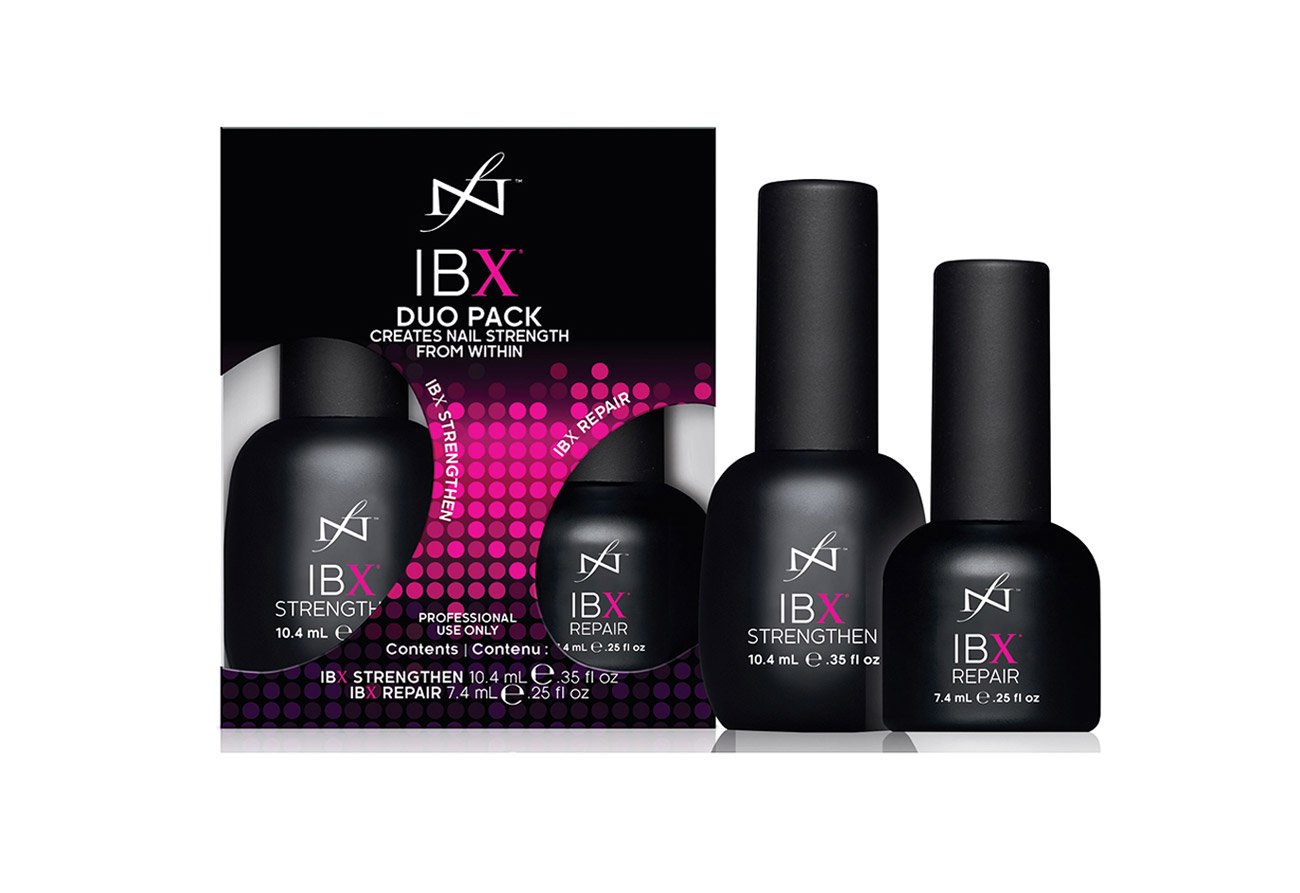Did you know that your skin is a massive colony of a variety of microorganisms known as the microbiome or skin microbiota? These living things coexist, feed, multiply and compete for resources, and have a huge impact on the health of your skin. In this article, our esthetician Carla Todea explains why your skin’s microbiome is important and how to protect it with cosmetics and cosmetics and facial treatments.
These microorganisms include bacteria, fungi, viruses and other microbes that coexist with skin cells and play a crucial role in maintaining skin health. They are critical in protecting the skin from harmful pathogens, regulating inflammation and modulating the immune response. The key to a healthy skin microbiome is diversity: the presence of many types of microorganisms prevents any one species from becoming predominant and gaining more territory on your skin. Many skin microorganisms can produce molecules that inhibit the colonization of other microorganisms or alter their behavior. A sparsely populated microbiome has been associated with various skin conditions, such as acne, atopic dermatitis, psoriasis and other dermatological disorders.
The composition and diversity of the skin microbiome can vary according to a variety of factors, including age, gender, geographic location, lifestyle and skin type. The skin microbiota of a healthy adult remains stable over time, despite environmental disturbances, but the use of antibiotics, soaps and other skin care products can affect the composition of the skin microbiome.
The main microorganisms on our skin are bacteria and they are very diverse: From Staphylococcus epidermidis, which is one of the main inhabitants of the skin and in some areas constitutes more than 90 percent of the resident aerobic flora, considered a “good” bacterium, to Cutibacterium acnes (formerly Propionibacterium acnes), a slow growing anaerobic aerotolerant bacterium associated with the skin condition of acne, which thrives in our sebaceous glands, and all the others that can cause different skin infections: Staphylococcus aureus, Micrococci, Diphtheroides (Corynebacterium), Streptococci, Gramnegative Bacilli.
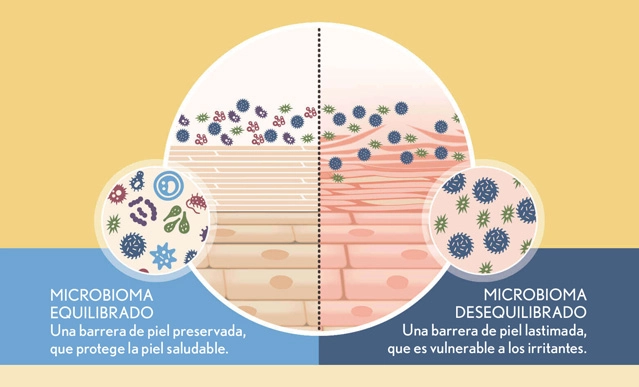
But none of these bacteria are harmful to our skin as long as their numbers remain “under control”, so again it is crucial to maintain a diverse flora to avoid the “invasion” of certain species.
Another component of our normal microbiome is fungi. Skin fungi are present in 14 different locations throughout the body. They like the folds or thicker skin and shady areas such as: eyebrows, ear canal, nostrils, back of the head, behind the ears, heels, toenails, between the toes, back, groin, chest, palms of the hands. Research studies show that there are about 80 different species of fungi on our body. The head and trunk usually have between 2 and 10. Most of these fungal species belong to the genus Malassezia but some species of the genus Candida or dermatophytes such as Trichophyton are also represented. We usually tolerate them well, but sometimes when the microbiome is disturbed, for example when we take antibiotics and most of the bacterial colonies die, we can get a fungal infection just because now the fungi can “conquer” more territory and develop more than usual.
We also host viruses that can live freely on the skin itself, or they can be inside bacterial cells. The most common viruses on the skin are bacteriophages: they kill bacteria, so they play an essential role in regulating the skin’s microbiota. Human viruses such as herpes or the virus that causes warts are also common. They are usually referred to as pathogens because they are harmful, but commensal viruses still need to be studied further, it is an unknown territory for now.
And finally, there are small creatures that live on our skin that are not simple organisms such as bacteria or viruses, they are mites. Mites are also part of the skin microbiome: Demodex folliculorum is the name given to the small mites that live in the hair follicles. These mites feed on dead skin cells around the hair follicles and eyelashes and can sometimes cause various skin conditions such as dermatitis or eczema. Eyelash mites in large numbers can cause symptoms such as itching, redness and burning around the eyelashes. Good eye hygiene can help prevent mites and also a good prevention tip is to never share eye makeup such as mascara, eyelash brushes or eyebrow brushes, as these mites can be contagious.
Mites can also worsen skin symptoms or rosacea flare-ups. Demodex appears to have strong connections to rosacea. According to the National Rosacea Society, people with rosacea have about 18 times more mites (Demodex folliculorum) than people who do not have rosacea. Some experts even consider mites to be a direct cause of rosacea. In any case, Demodex can cause a worsening of rosacea symptoms in affected individuals.
So there’s a whole microworld living in your skin, constantly competing for food and territory, and that’s why your skin is a battlefield!
What should we do to maintain a healthy microbiome?
First of all, a well-balanced hygiene and skin care:
-
- Use neutral products that respect not only your hydrolipidic barrier but also the skin microbiome, without aggressive ingredients such as alkaline soaps or alcohol.
-
- Perform at least twice a day – morning and evening – a complete cleansing routine that should contain a pre-cleansing product or micellar water, a cleanser or soap-free face wash, rinse and finish with a toner or facial mist according to your skin’s needs.
-
- Include in your daily routine skin care products that contain prebiotics, ingredients that help maintain a balanced and healthy microbiome. You can try the new Micellar Prebiotic Precleanse by Dermalogica, available in our Glow Beauty Puerto Banus Beauty Center.
-
- Never share makeup or makeup brushes, and disinfect yours regularly.
-
- Remember that furry pets also have a microbiome, so wash after touching them.
-
- Good hygiene does not mean excessive disinfection, this can have the opposite effect as we destroy the diversity of the microbiota.
-
- Prebiotics are now a growing trend in the cosmetic industry like probiotics in dietary supplements. At Glow Beauty Puerto Banus we work with Dermalogica and Biologique Recherche cosmetics, which have a wide range of prebiotic products and ingredients.
If you would like to learn more about prebiotic skin care and how to prevent or minimize the effect of an altered skin microbiome, we invite you to a free consultation and personalized skin care program.
